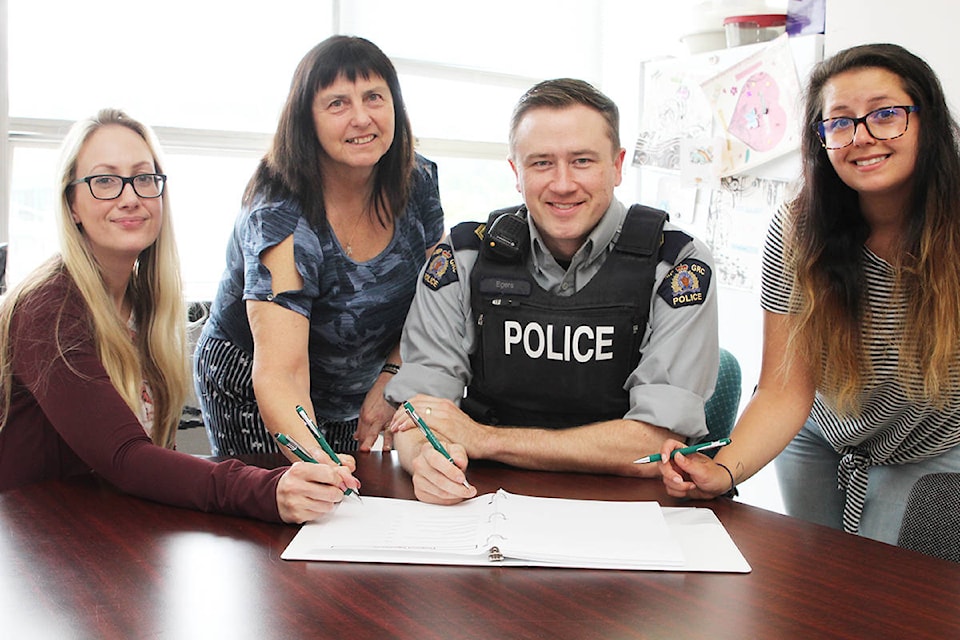Victims of sexual assault are set to benefit from the completion of the project by Tamitik Status of Women to upgrade the protocol that is used by the various agencies in the district.
The Sexual Assault Protocol, a document made available to community service providers such as counsellors, police officers, emergency room personnel and social services, provides the agencies with information on how best to deal with sexual assault.
Tamitik Status of Women (TSW) outreach worker Michelle Martins said the protocol is vital for capacitating the agencies to deliver a coordinated response to sexual assault.
Martins said having the protocol updated has been one of the organizations priorities in planning ahead for the influx of people to the region associated with the anticipated industrial boom. The original protocol, which was first produced in 2011, was last updated in 2013.
“If a woman goes to the hospital following a sexual assault it can take up to two hours for a rape kit,” said Martins. “Two hours is a long time.”
The protocol, however, makes provision for a TSW counsellor on duty to be with the victim and provide support during the investigation.
“The hospital and the RCMP don’t deal with sexual assault to the same degree. The protocol helps build a relationship between the various agencies,” said Martins.
“This is important for both the clients and the service providers and helps to provide consistent service.
The protocol also assists the different agencies to provide victims of sexual assault information about the services they’re entitled to.
Every TSW counsellor and each agency receives a copy of the protocol, which includes information on each agency’s existing policies to deal with sexual assault.
“This document sums up all the different protocols, which is particularly useful when the heads of the various agencies change. They might not be privy to information about the other agencies,” added Martins.
Updating the protocol was made possible through funding that was received through the provincial government’s Civil Forfeiture Crime Prevention and Crime Remediation Grant Program in spring of 2018.
